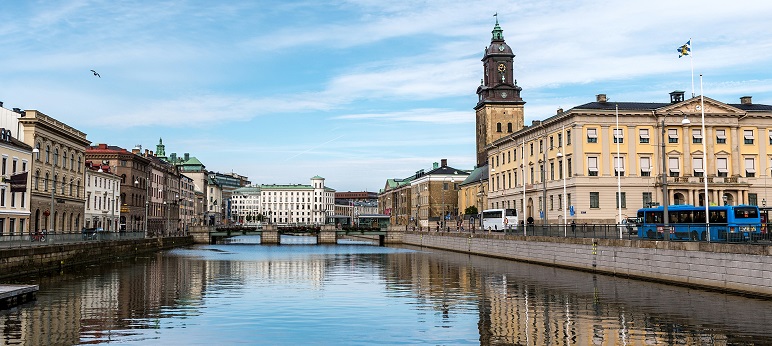House prices were up 4.16% y-o-y in Q1 2020
The nationwide house price index rose by 4.16% during the year to Q1 2020, in sharp contrast to a 2.35% y-o-y decline in the same period last year, as the impact of stricter mortgage requirements weakens. Quarter-on-quarter, house prices increased 2.4% during the latest quarter.
House prices surged more than 38% (inflation-adjusted) in the past seven years (2012-2019), and by a whopping 155% in the past two decades.

Demand robust; supply falling. During 2019, the total number of homes sold in one- to two-dwelling buildings rose by 2.8% y-o-y to 56,267 units, following a slight decline of 0.5% in 2018, according to Statistics Sweden.
In contrast,dwelling starts of one- to two-dwelling buildings fell by 14.3% to 9,570 units and starts of multi-dwelling buildings by 8.8% to 37,847 units, based on figures from Statistics Sweden. Dwelling completions of one- to two-dwelling buildings fell 14.4% to 10,300 units, but completions of multi-dwelling buildings increased by 6.9% to 45,800 units.
However, the outlook for the housing market is now uncertain, amidst the economic repercussions of the coronavirus outbreak.
Rents, rental yields: yields figures are hard to get.
Stockholm apartment costs are around €6,991 per sq. m.
| Sweden: typical city centre apartment buying price, monthly rent (120 sq. m) | |||
| Buying price | Rate per month | Yield | |
| Stockholm | € 838,920 | n.a. | n.a. |
Recent news: Though Sweden did not impose a full lockdown, its economy is expected to be as badly hit as its European neighbors. In fact in Q1 2020, the economy contracted by 0.3% from the previous quarter, in contrast to a 0.2% expansion in Q4 2019. According to the Riksbank, the country’s central bank, the Swedish economy is projected to contract by between 6.9% and 9.7% this year. The Swedish economy expanded by about 1.2% last year, a slowdown from the previous year’s 2.2% growth and the slowest expansion since 2013.